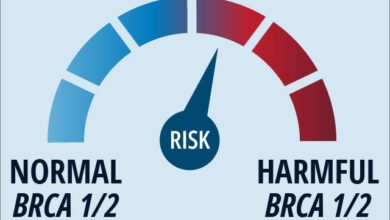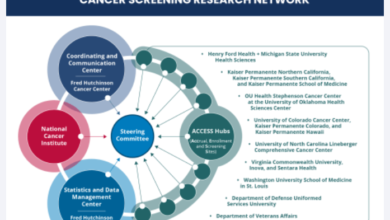Three-Drug Regimen After Transplant May Improve Relapse-Free Survival in GVHD

Patients treated with a three-drug regimen — cyclophosphamide, tacrolimus and mycophenolate mofetil — after undergoing a stem cell transplant had increased one-year graft-versus-host disease (GVHD) relapse-free survival compared with those treated with a two-drug regimen, according to findings from a phase 3 trial.
Results from the BMT CTN 1703 trial were presented at the 2022 American Society for Hematology Annual Meeting.
“Based upon these results, we believe that post-transplant cyclophosphamide, tacrolimus and (mycophenolate) should be the standard GVHD prophylaxis in well-matched adults (undergoing) reduced-intensity transplantation,” Dr. Shernan Holtan, associate professor of medicine in the Division of Hematology, Oncology, and Transplantation at University of Minnesota Medical School in Minneapolis, said during her late-breaking abstract presentation on the findings.
Researchers enrolled 431 patients aged 18 years and older with hematologic malignancies who were undergoing reduced-intensity conditioning allogenic hematopoietic cell transplantation.
Patients were treated with either post-transplant cyclophosphamide, tacrolimus and mycophenolate mofetil (214 patients) or tacrolimus plus methotrexate (217 patients).
The primary focus of this trial was GVHD relapse-free survival (the length of time after treatment that a patient survives without any signs or symptoms of cancer) and progression-free survival (the time after treatment that a patient with cancer lives with the disease without worsening).
“This is a time-to-event end point, where the events are defined as grade 3 to 4 acute GVHD, chronic GVHD requiring systemic immunosuppression, relapse/progression or death within the first year,” Holtan said during the presentation
Researchers found that patients treated with post-transplant cyclophosphamide, tacrolimus and mycophenolate mofetil had a significantly lower hazard for GVHD relapse or progression-free survival versus those treated with tacrolimus plus methotrexate.
The post-transplant cyclophosphamide, tacrolimus and mycophenolate mofetil group had a higher adjusted one-year GVHD relapse-free survival rate (52.7%) compared with the tacrolimus plus methotrexate group (34.9%).
“This was owed to a reduction in severe and acute and chronic (GVHD) approximately by two-fold in the arms,” Holtan said.
At day 100 of the study, grade 3 to 4 acute GVHD accounted for 6.3% of patients in the post-transplant cyclophosphamide, tacrolimus and mycophenolate mofetil group compared with 14.7% in the tacrolimus plus methotrexate group. These rates for chronic GVHD requiring immunosuppressive therapy at one year was 12.5% in the triplet group vs 25% in the doublet group.
At one year, both groups had similar rates of relapse/progression (20.8% versus 20.2%) and overall survival (the time when a patient with cancer is still alive) after transplant (77% versus 72.2%) when post-transplant cyclophosphamide, tacrolimus and mycophenolate mofetil was compared with tacrolimus plus methotrexate. Additionally, GVHD-free survival was 61.9% versus 44.9% in each respective arm and transplant-related mortality rates were 12.3% versus 17.2%.
“These improved (GVHD) outcomes did not come at the expense of relapse,” Holtan said.
The rates of grade 2/3 infection were similar in the three-drug and two-drug combination groups (40% versus 30.4%). Notably, most infections occurred early.
“We observed more grade 2 infections but not grade 3 infections, and most of these occurred in the first month,” Holtan explained.
She mentioned that further research is already underway.
“We’re looking forward to future analyses where we will have patient-reported outcomes and microbiota studies from our companion protocol, BMT CTN 1801,” Holtan said.
For more news on cancer updates, research and education, don’t forget to subscribe to CURE®’s newsletters here.
Source link
#ThreeDrug #Regimen #Transplant #Improve #RelapseFree #Survival #GVHD



